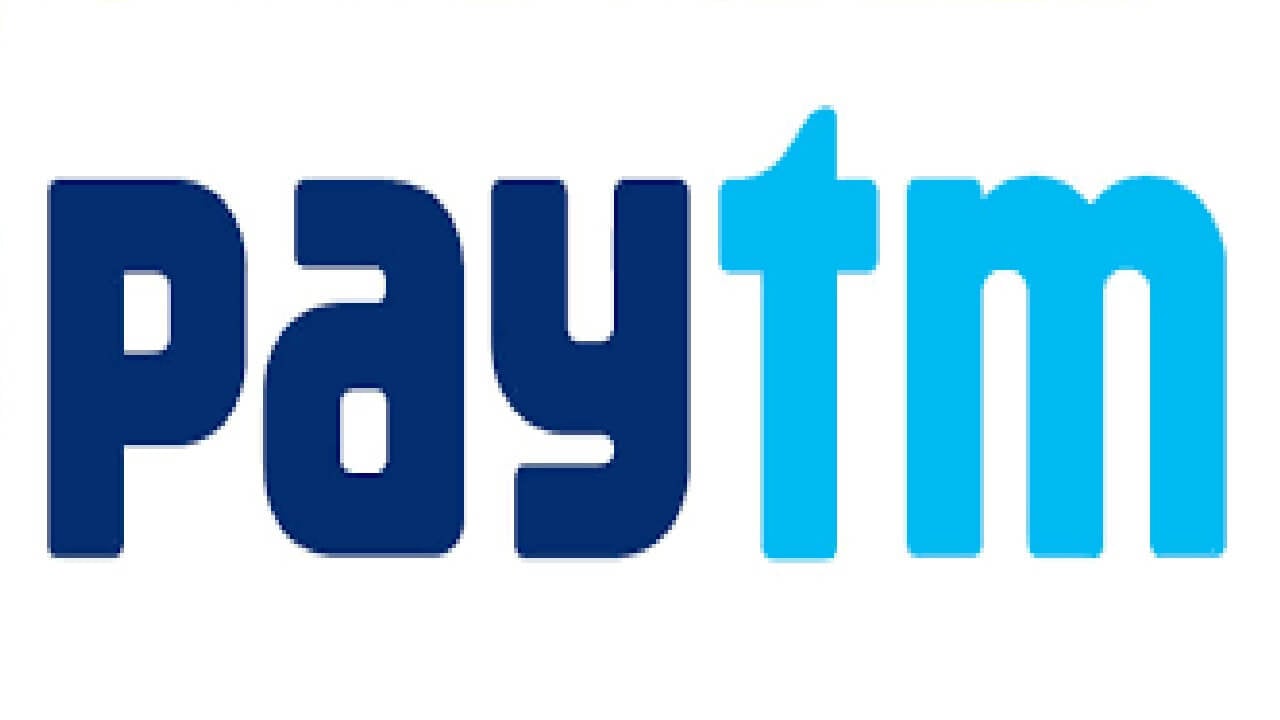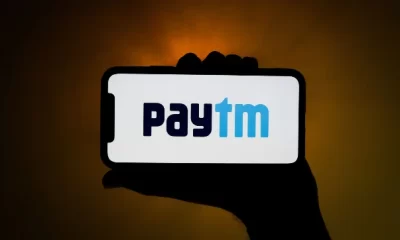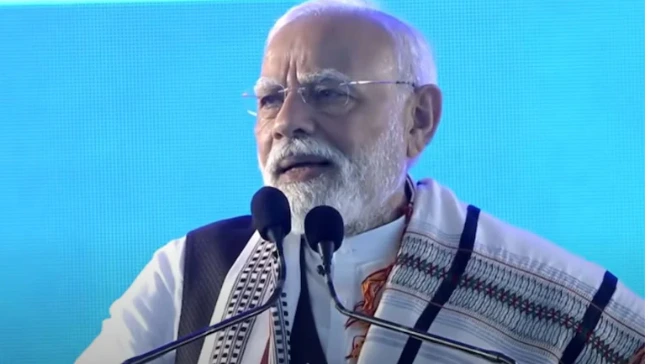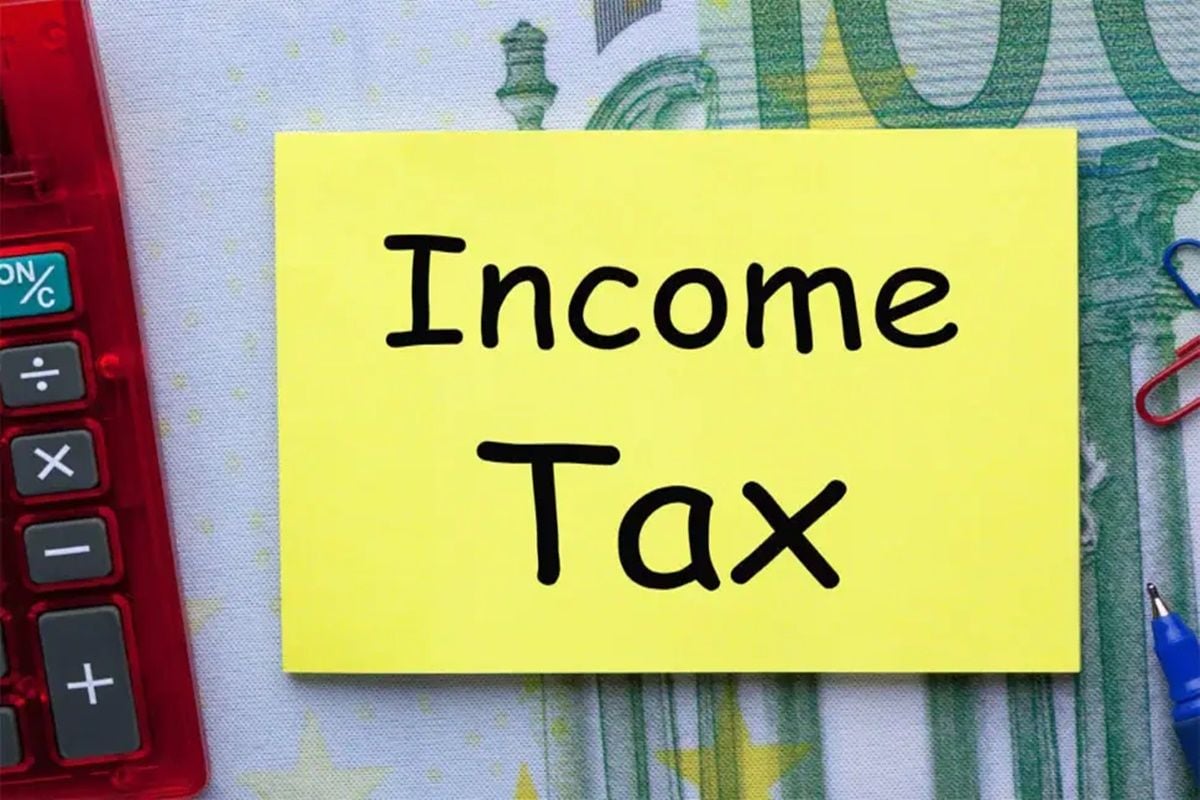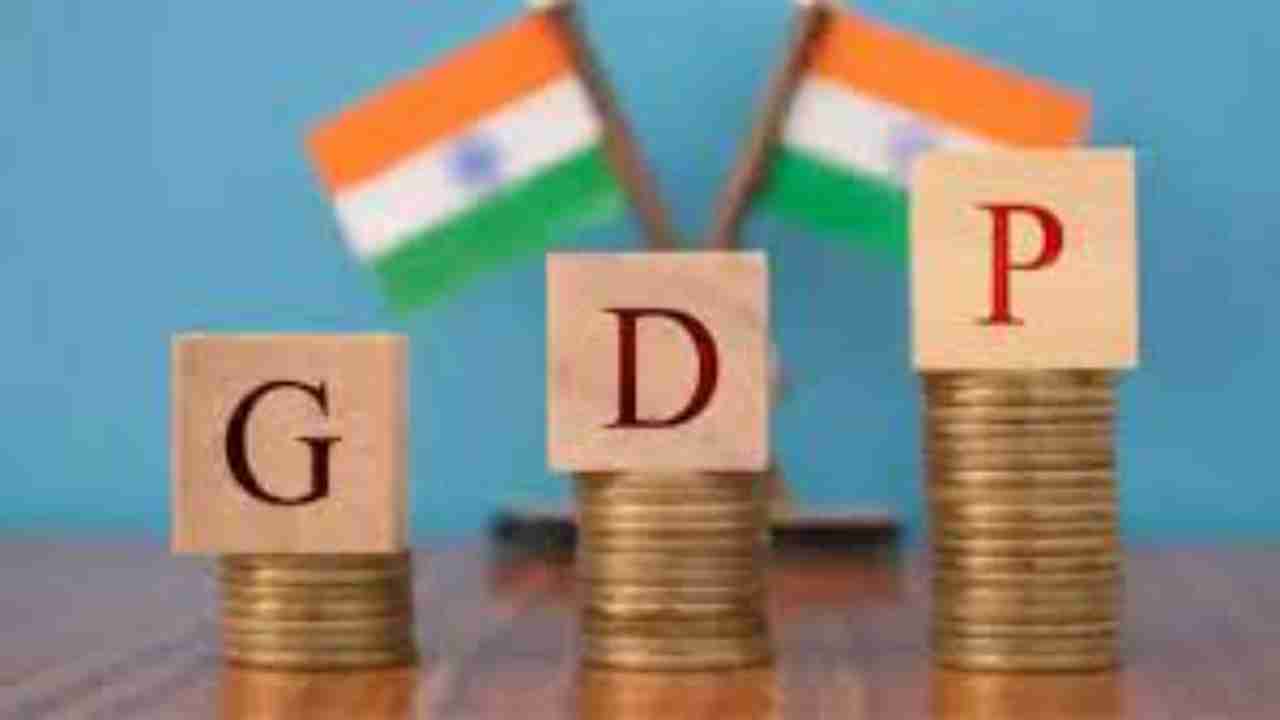Latest business news
Reliance Jio’s hyper-aggression scorches competition
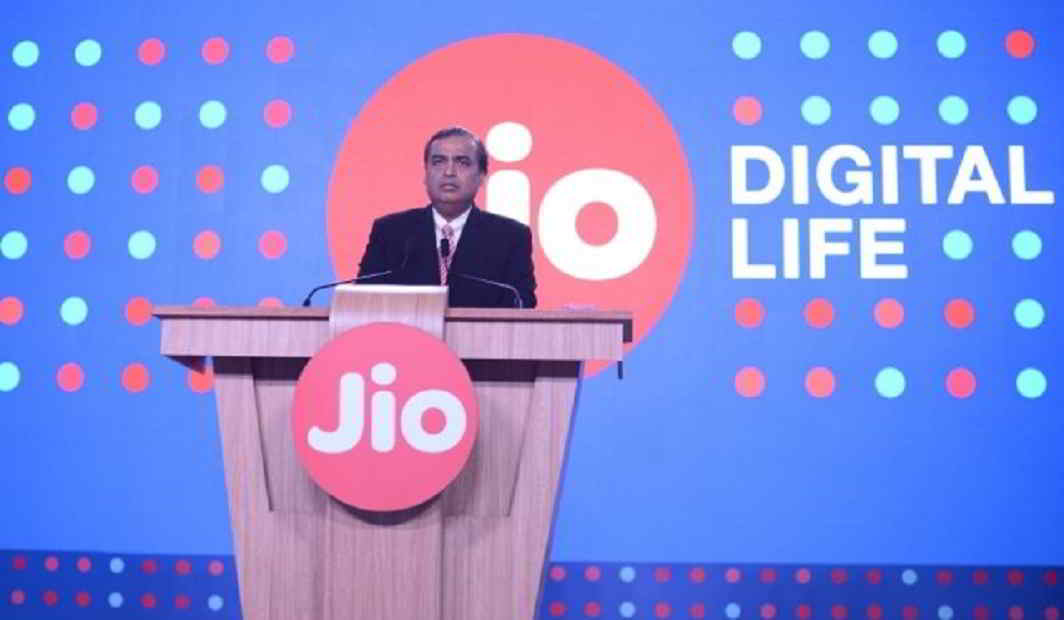
India News
Modi says right time to invest in Indian shipping sector; meets global CEOs
Economy news
ITR filing last date today: What taxpayers must know about penalties and delays
The deadline for ITR filing ends today, September 15. Missing it may lead to penalties, interest charges, refund delays, and loss of tax benefits.
Economy news
India’s GDP surges 7.8% in Q1, outpaces estimates and China
India’s GDP surged 7.8% in Q1 2025-26, the highest in five quarters, driven by strong services and agriculture sector growth, according to NSO data.
-

 Latest world news23 hours ago
Latest world news23 hours agoTarique Rahman returns to Dhaka after 17 years, massive crowd greets BNP leader
-
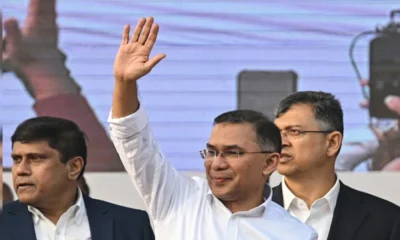
 Latest world news20 hours ago
Latest world news20 hours agoKhaleda son Tarique Rahman arrives to rapturous welcome in Bangladesh
-

 India News4 hours ago
India News4 hours agoDelhi air quality improves slightly but stays in poor category
-
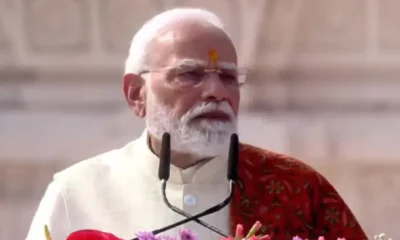
 India News1 hour ago
India News1 hour agoVeer Bal Diwas reflects courage, conviction and righteousness, Says PM Modi
-

 India News4 hours ago
India News4 hours agoTrain fares increased from December 26: check revised ticket prices across classes

